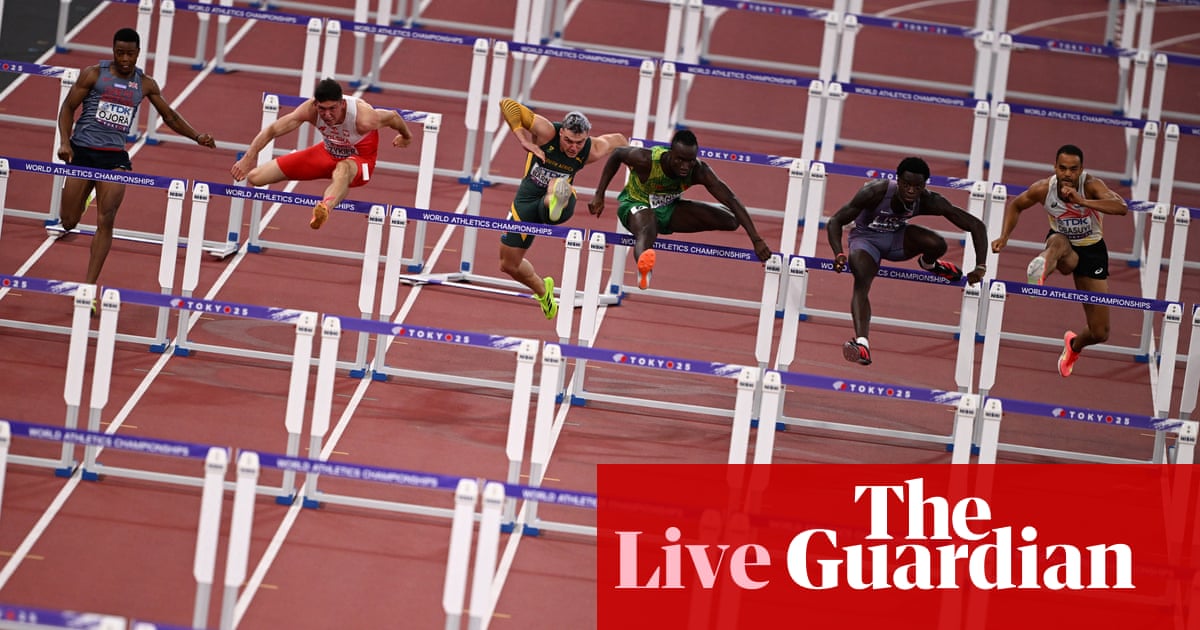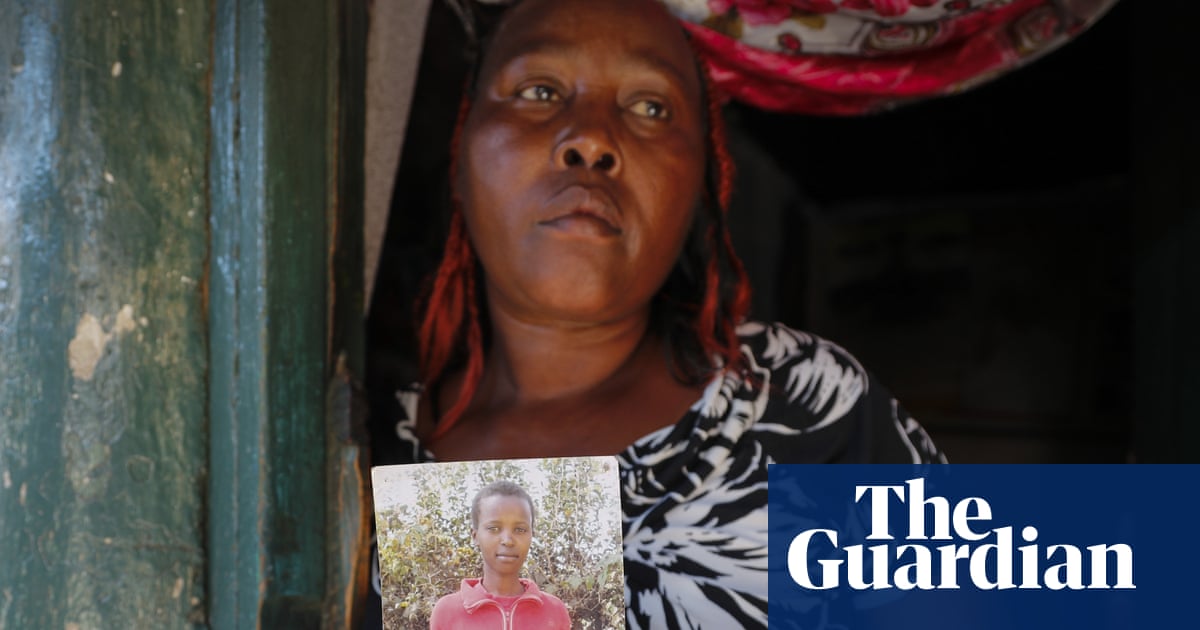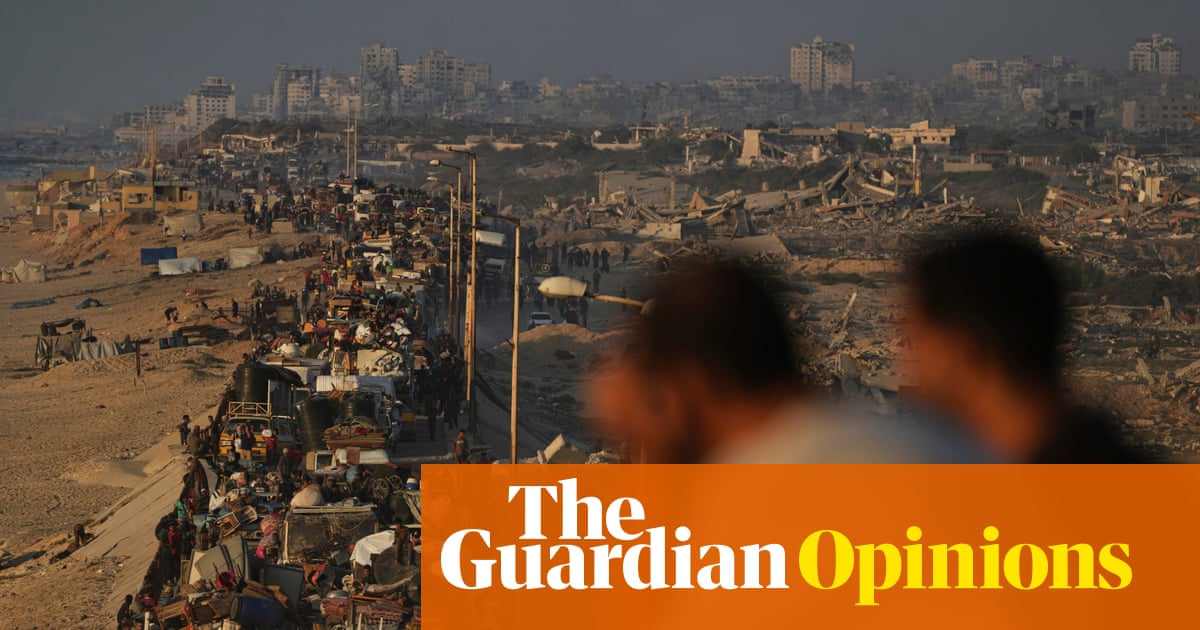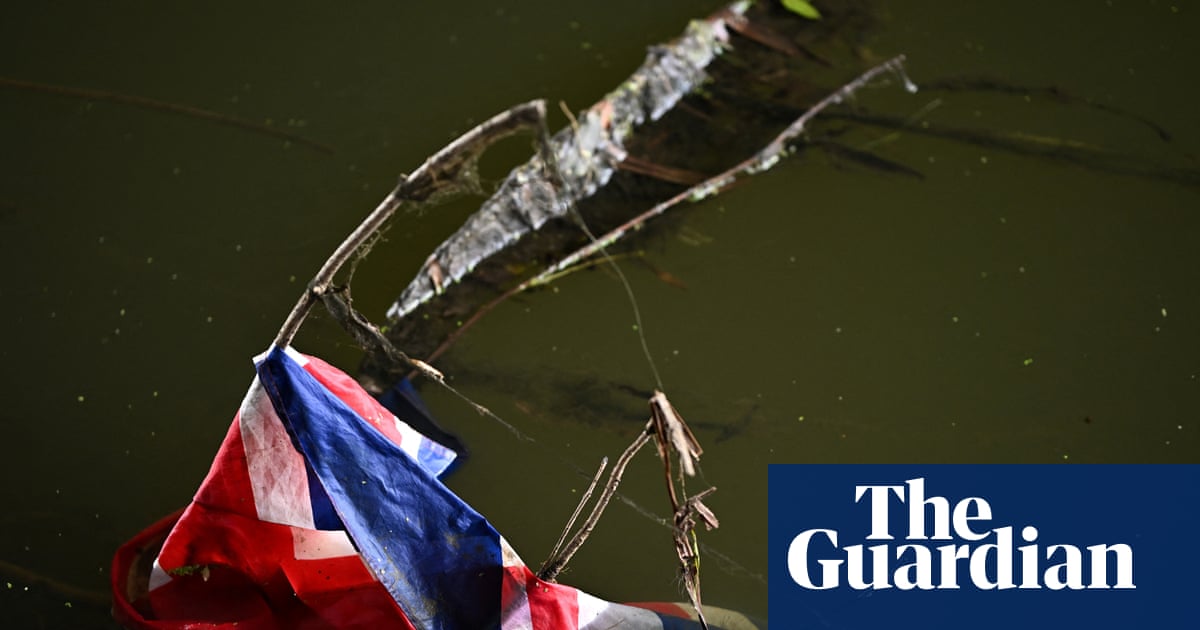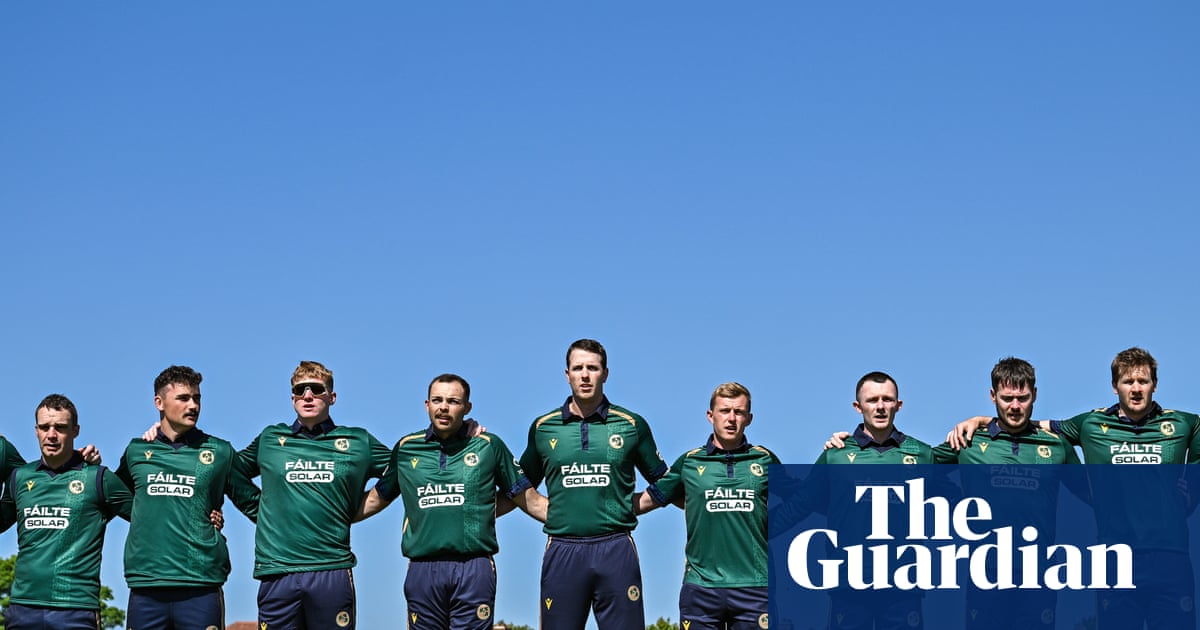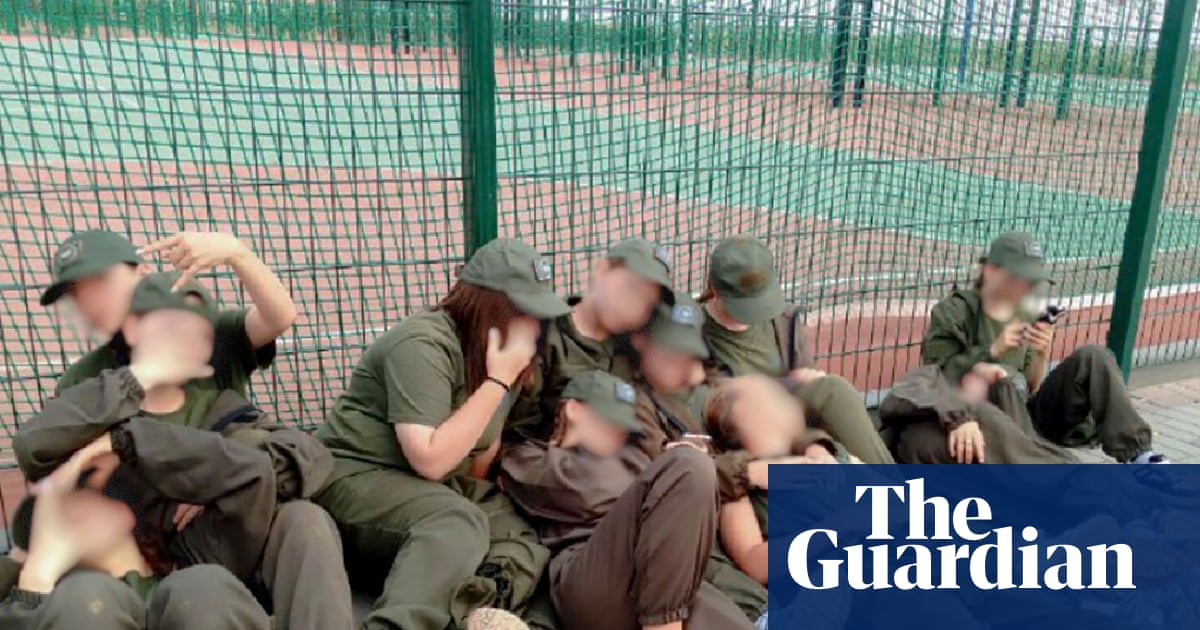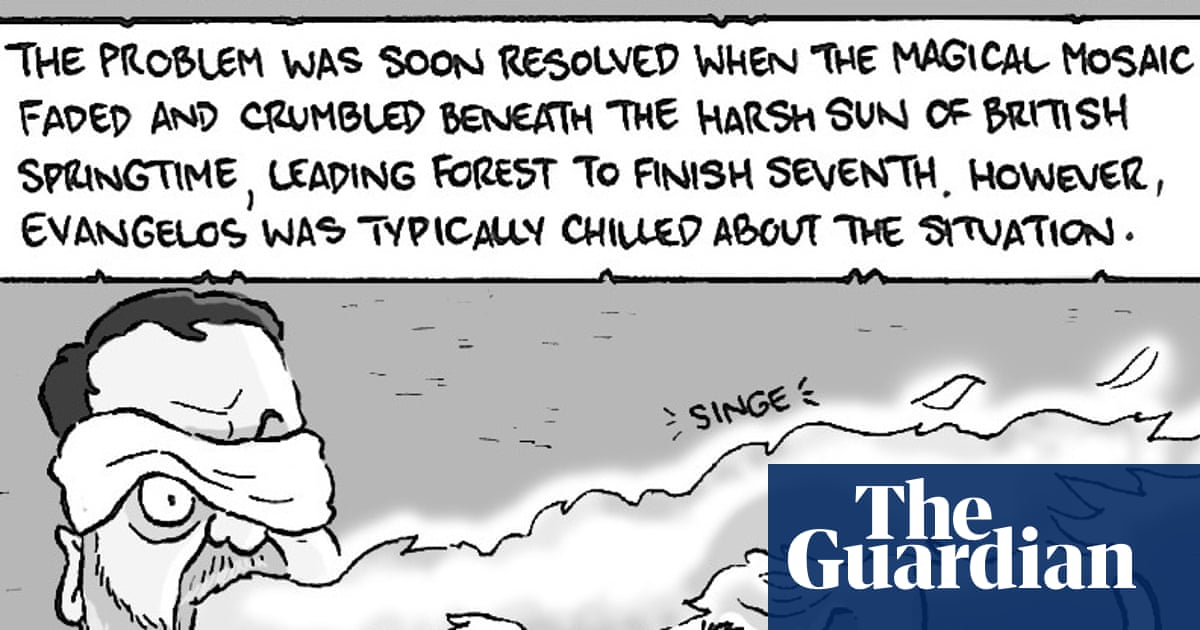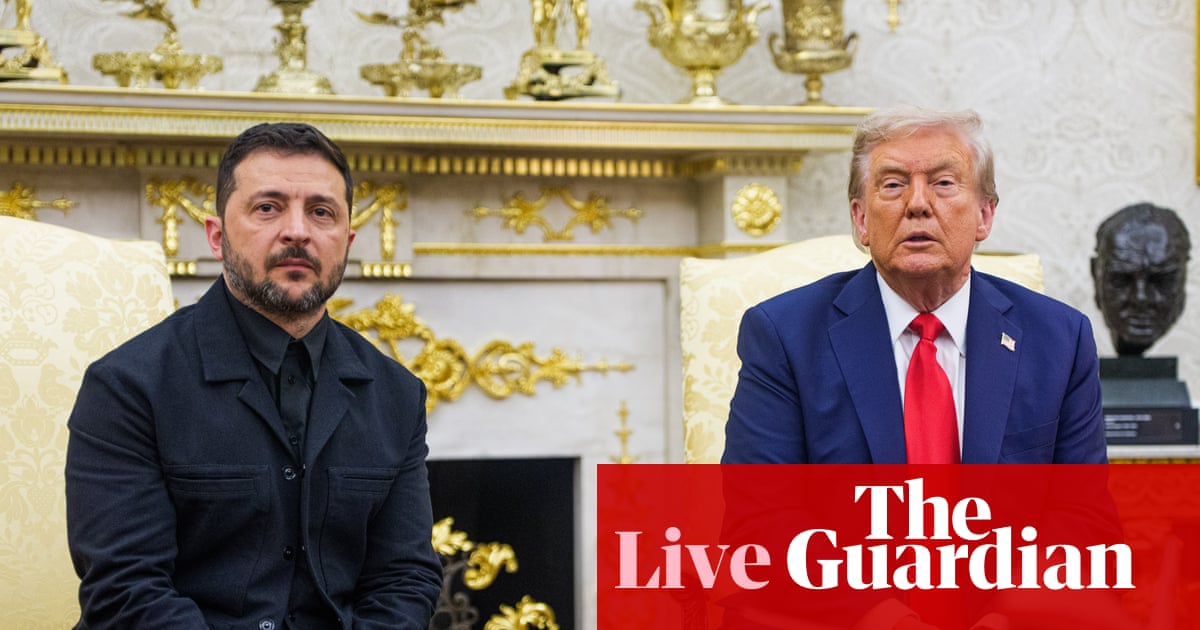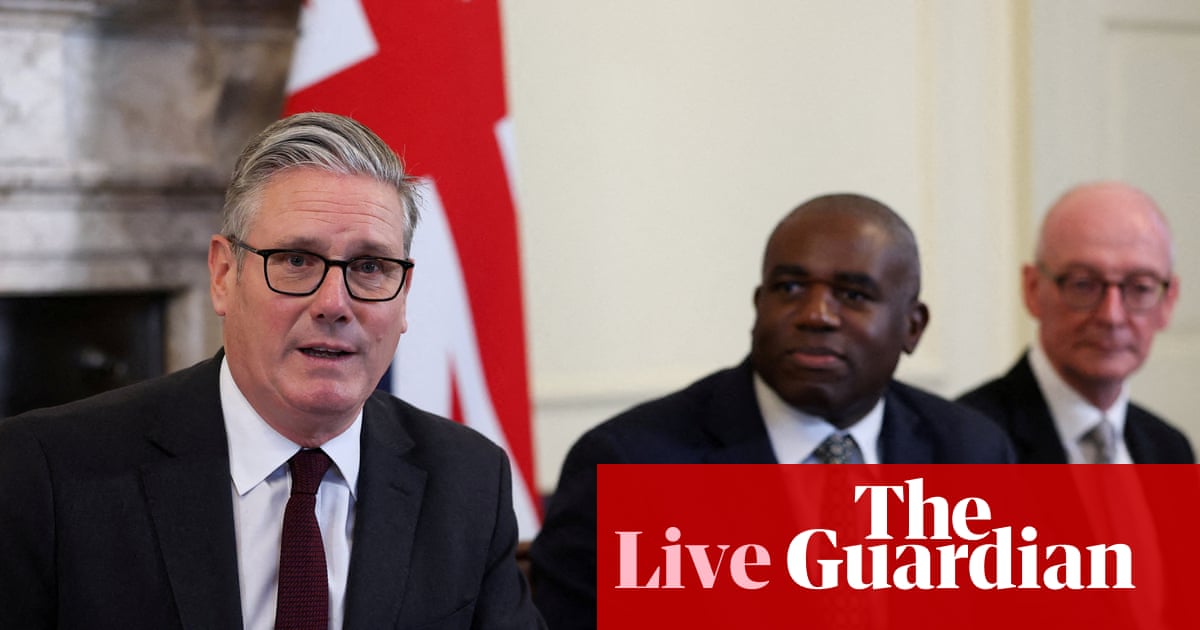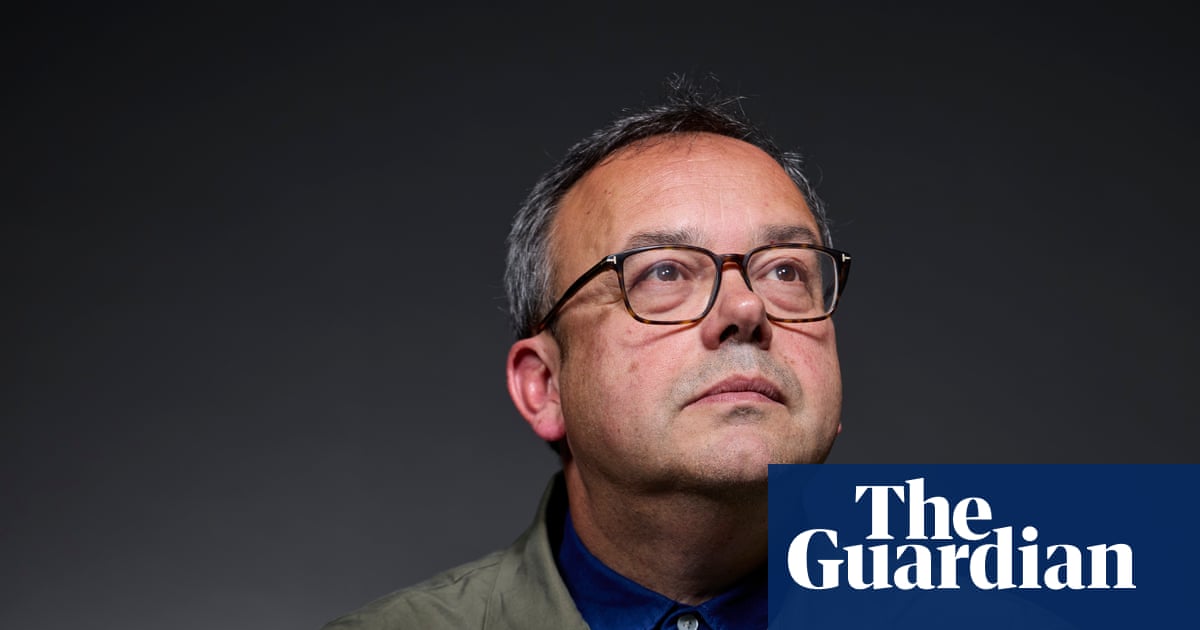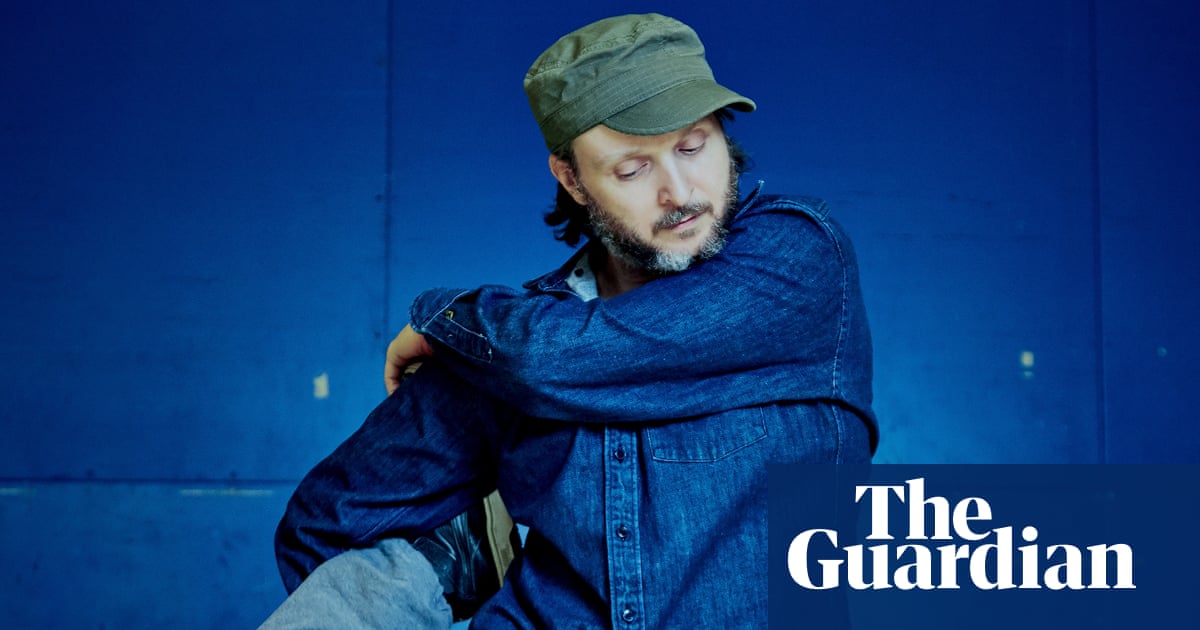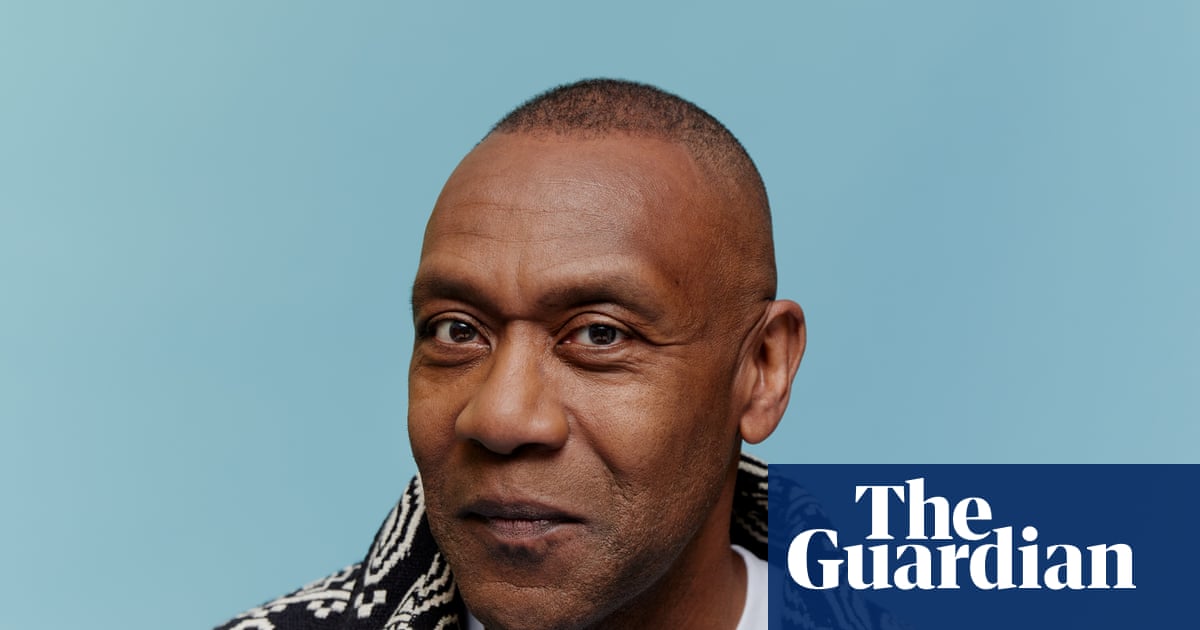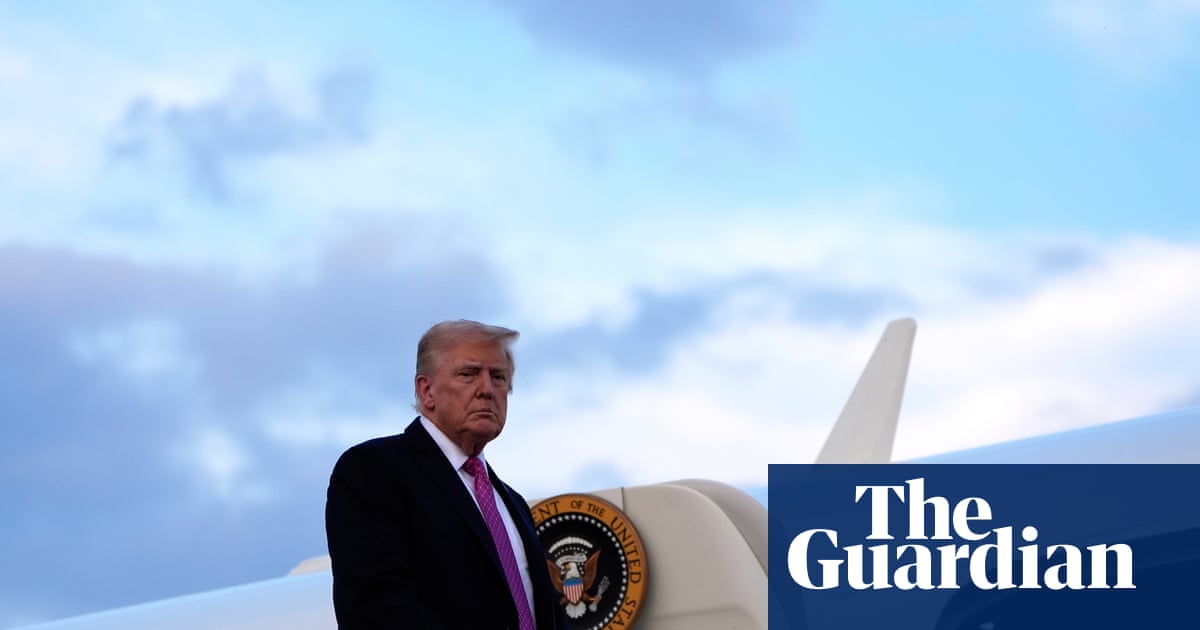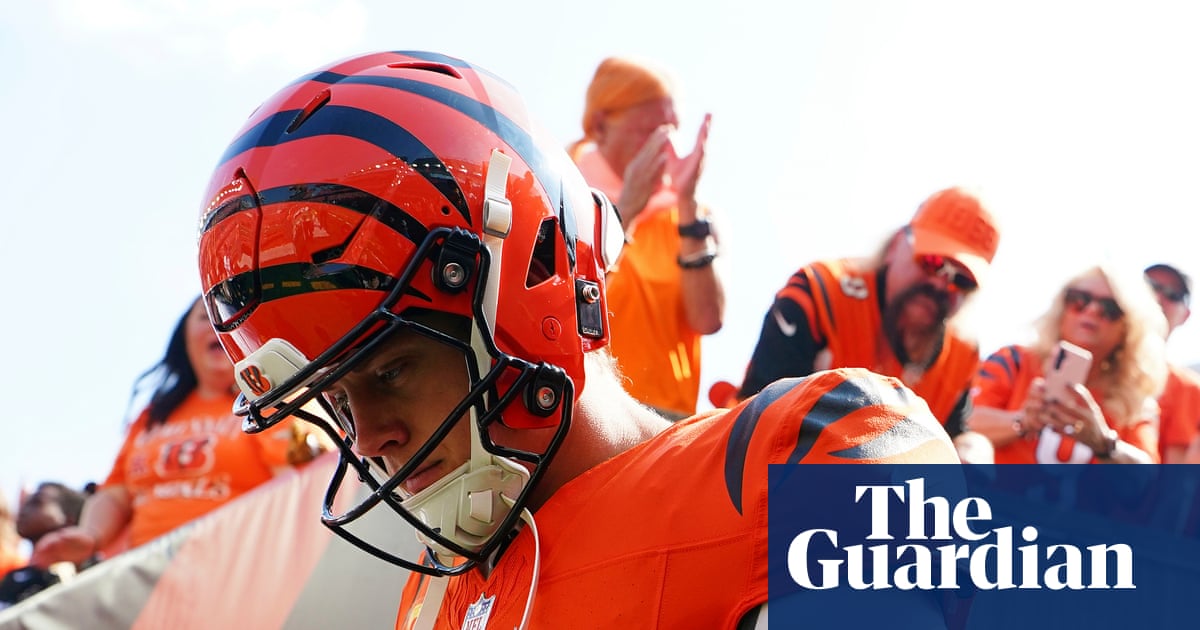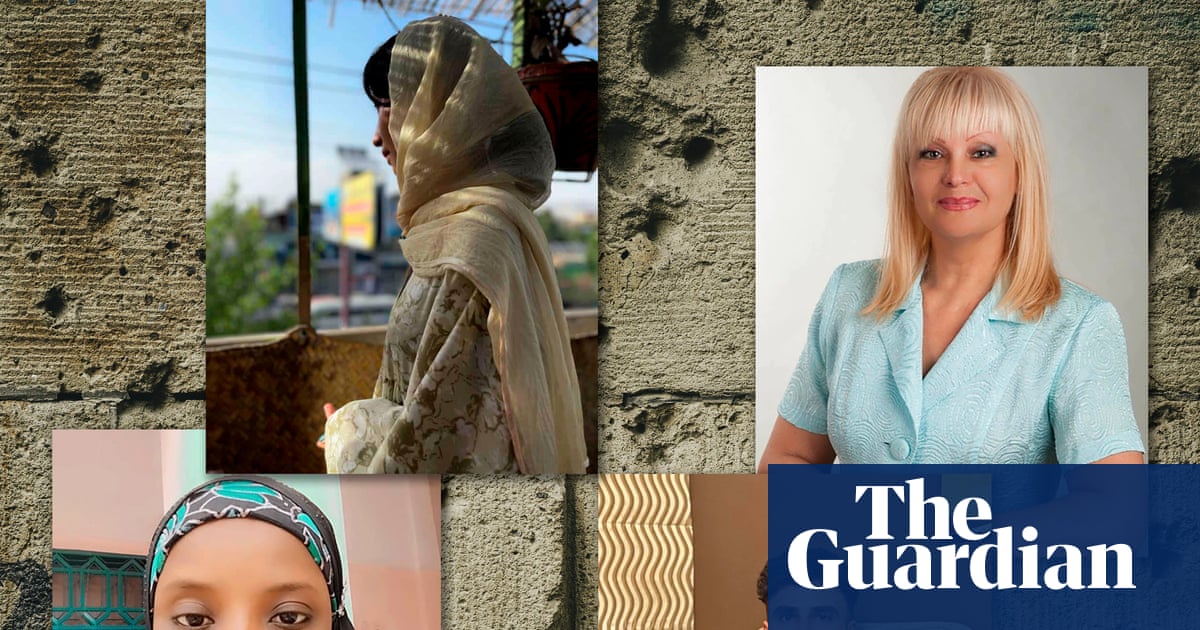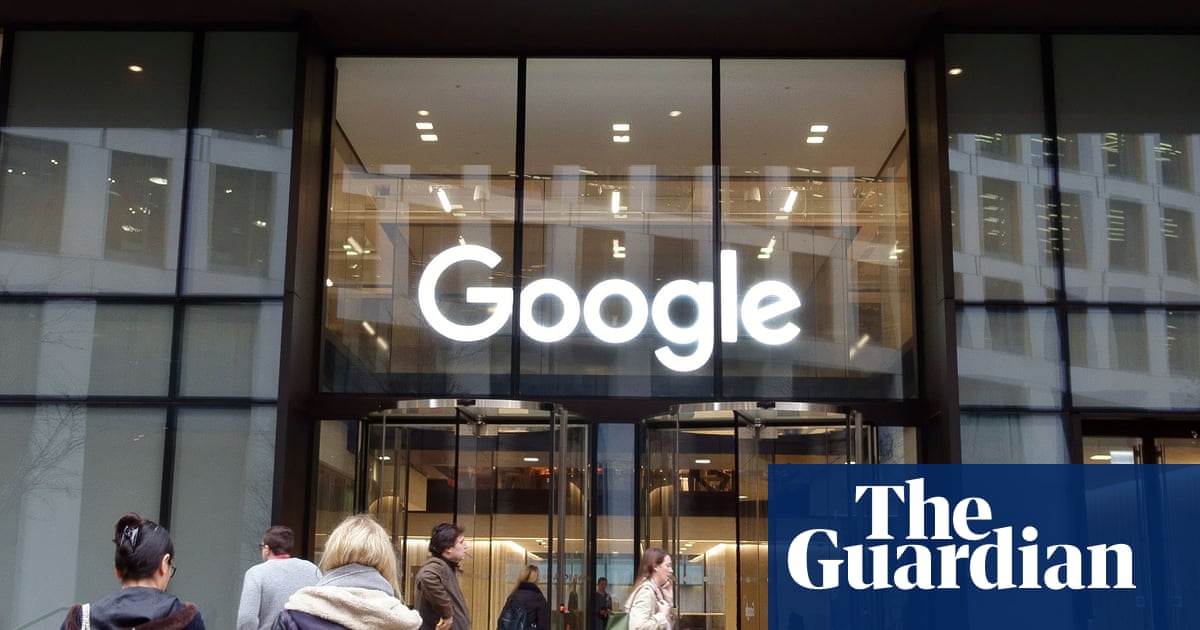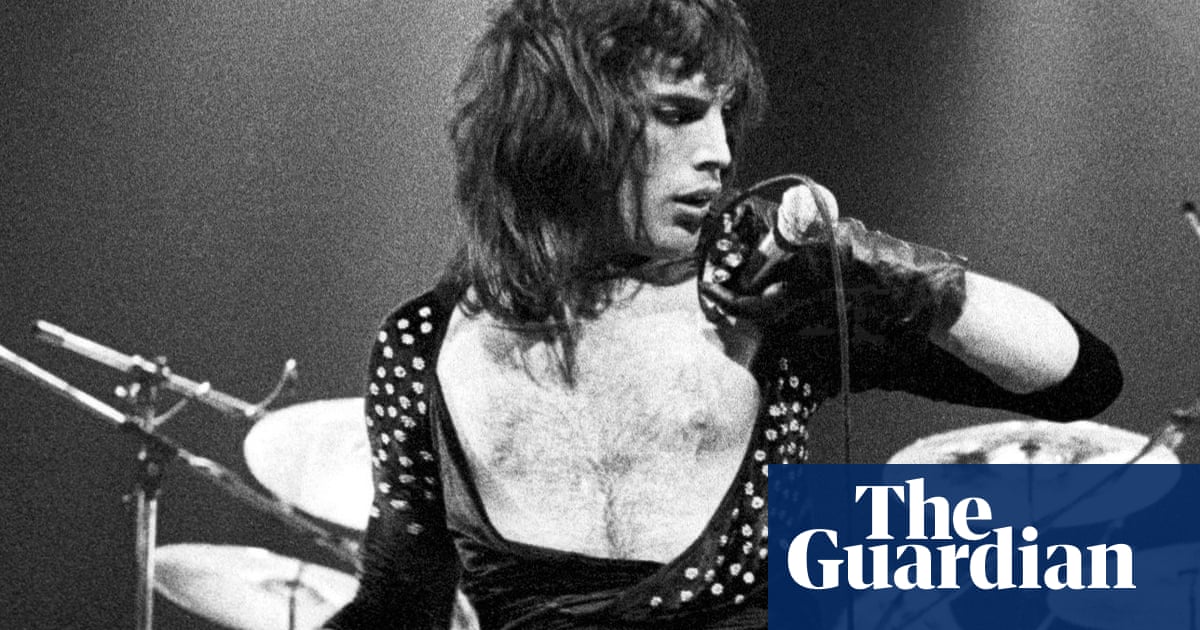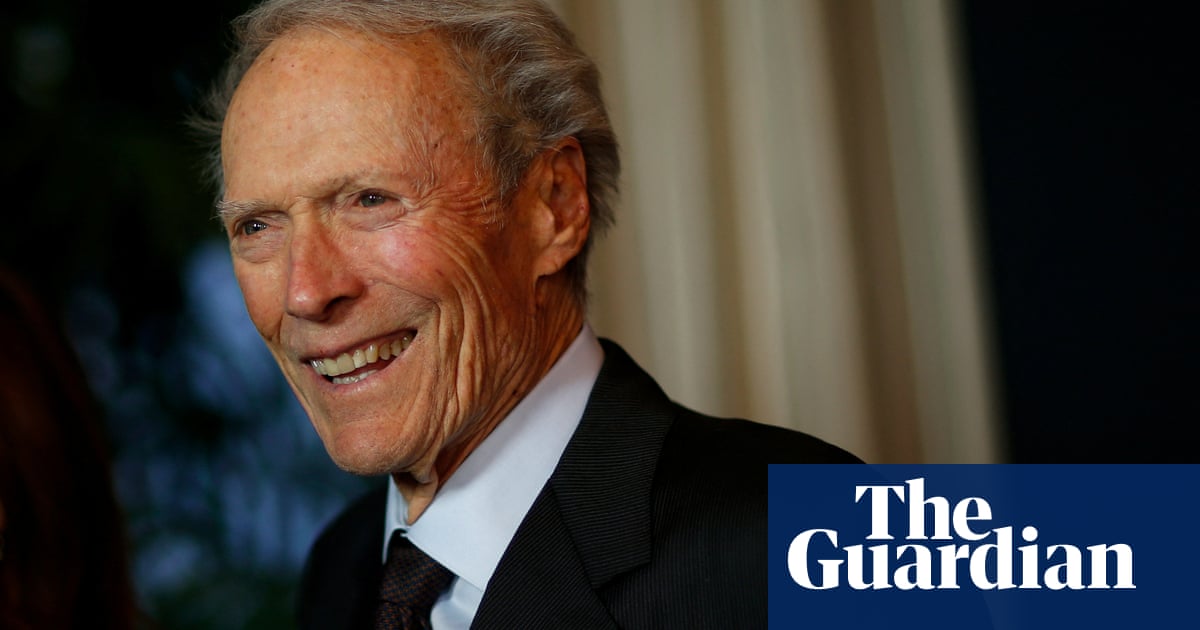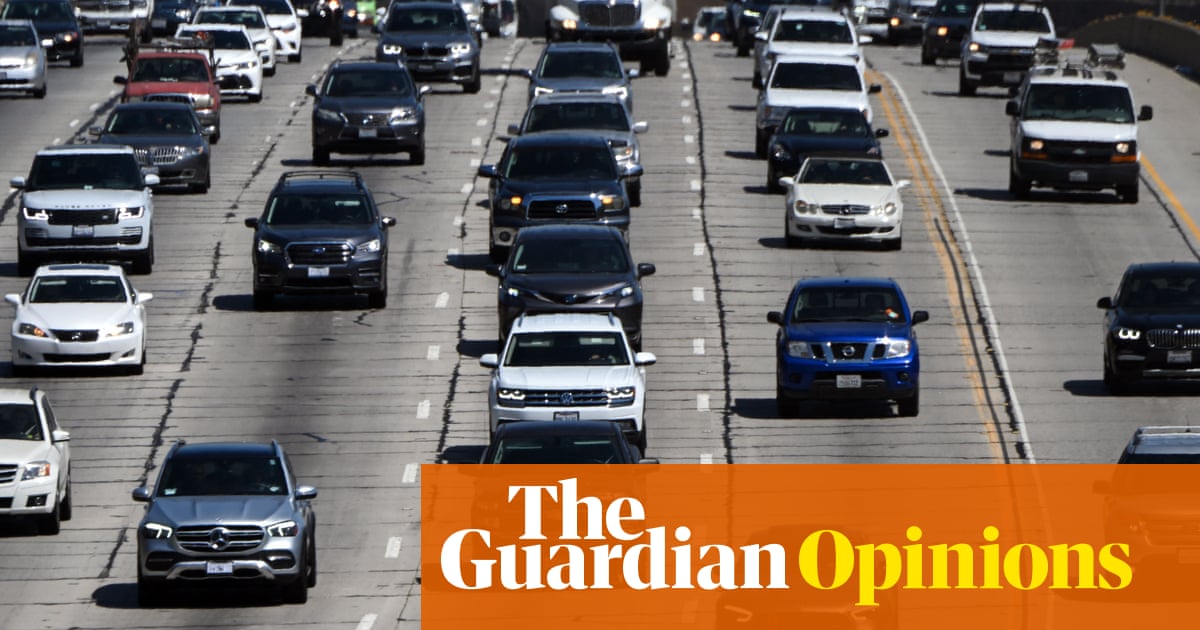The Palestinian Red Crescent Society has detailed the harrowing account of one of its paramedics, who told the organisation he heard Israeli troops shoot first responders while they were still clinging to life.
Asaad al-Nasasra, 47, was one of two first responders to survive the 15 March attack on a convoy of emergency vehicles in which 15 other medics and rescue workers were killed.
He told the PRCS that after the attack in Gaza he was detained and tortured for 37 days by Israeli forces.
The bodies of 15 paramedics and rescue workers were later found buried in a mass grave by Red Crescent and UN officials. Witnesses who uncovered the bodies said the workers were found still in their uniforms and some had their hands tied, although this has been disputed by the IDF.
In the account he gave to colleagues, Nasasra said that some of the paramedics survived the initial assault and were calling for help when they were shot dead, the PRCS said.

Nasasra was driving one of two PRCS ambulances dispatched from Rafah after a convoy including other ambulances, a fire truck, health ministry vehicles and a UN car had been sent earlier to recover the bodies of two paramedics and other victims of an Israeli airstrike.
“Our colleague Al-Nasasra was in the same ambulance with his colleague Rifat Radwan, who filmed the video that was eventually recovered from his phone showing their vehicle being attacked by the Israeli soldiers,” said Nebal Farsakh, the PRCS spokesperson.
The almost seven-minute video, released in April, shows a red fire engine and clearly marked ambulances driving at night, using headlights and flashing emergency lights, which contradicted the initial version of events put forward by the Israel Defense Forces (IDF), which denied that the vehicles had their headlights or emergency signals on.
“Al-Nasasra and Radwan were subjected to the heavy gunfire everyone heard in the recording and the very heavy gunfire which continued even after the recording ended as Israeli soldiers continued to shoot at them for a long time,” says Farsakh.
“Al-Nasasra took cover on the ground, at the back of the ambulance,” she adds. “He tried to hide and to protect himself as much as he could, digging himself into the ground. The body of Mohammed al-Heila, another aid worker killed, was above him.”
Nasasra said Heila was severely injured and hugged him before dying, according to the account he gave to the PRCS team in Gaza in the presence of an international humanitarian law coordinator, as per the organisation’s protocol.
After the heavy gunfire, Nasasra heard Israeli soldiers approaching the vehicles, he said.
The aid worker reported to the PRCS that some of the paramedics were still alive and injured but yelling for help.
“Al-Nasasra said the soldiers came to the scene very close – and then he heard them shooting everyone who was still alive,” Farsakh said.
PRCS said they believed Israeli troops did not shoot Nasasra as they believed him to be dead. But when they realised he was still alive, a soldier pointed a rifle at his head. Speaking in Hebrew, Nasasra pleaded for his life, telling them his mother was a Palestinian citizen of Israel.
“He told the soldiers: ‘Don’t shoot. I am Israeli.’” PRCS said. “And the soldier got a bit confused. Al-Nasasra’s mother was a Palestinian citizen of Israel.”
The soldiers decided to spare him, Farsakh said. He was eventually forced to strip and thrown into a ditch. PRCS says the paramedic believed he was about to be killed. Though blindfolded, he caught a glimpse through the cloth of the convoy’s wrecked vehicles – but not the bodies.
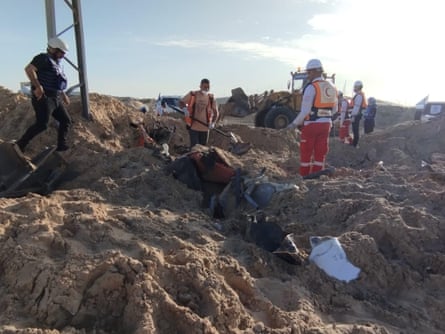
One other paramedic, who also survived the massacre and was released a few hours later, said he saw Nasasra being detained by Israeli soldiers.
Nasasra’s whereabouts were unknown for more than two weeks until he was finally released on 29 April. He has not yet publicly spoken about his ordeal and, according to colleagues, remains traumatised.
The PRCS said that for 37 days, Nasasra was beaten, humiliated and tortured in Israeli custody.
“He was mistreated, he was subjected to physical attack, tied, beaten, also psychological [torture] and starved, Farsakh said. ‘‘He was also being isolated for three days and put in a room with very loud music, which the Israelis called the disco room. He described it as like something literally making you feel crazy and that the music was loud to the extent that you feel your nose is bleeding, your ears are bleeding.’’
Nasasra was released on 29 April, after mounting international pressure following the news that he was still alive and in detention.
Reached by the Guardian, the IDF said: “The individual was detained based on intelligence indicating involvement in terrorist activity, and during his detention he was questioned regarding this matter.”
”At the conclusion of the questioning, and based on the information gathered, it was decided not to issue a permanent detention order, and he was released back to the Gaza Strip in accordance with the law,” it added. “The IDF operates in accordance with the law.”
The PRCS says the paramedic is still haunted “by the sound of gunfire, the sight of his wounded colleagues, and their brutal killings”, and cites how Nasasra carries the guilt of surviving while his fellow medics were slaughtered.
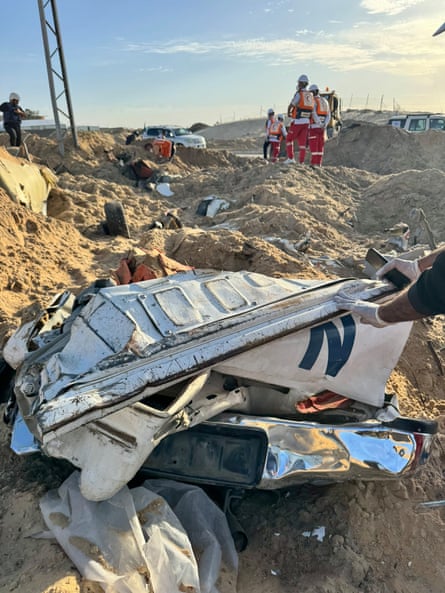
Eight paramedics, six Gaza civil defence workers and one UN employee were killed in the attack. The IDF initially denied the allegations. However, in an inquiry into the incident, the Israel Defense Forces found a series of failings, including an “operational misunderstanding” and a “breach of orders”.
The deputy commander of the unit involved has been dismissed “for providing an incomplete and inaccurate report during the debrief”.
An aid worker working for the UN agency for Palestinian refugees, Unrwa, was killed alongside the PRCS medics. Philippe Lazzarini, the head of Unrwa, described the incident as a “summary execution”.
“Kamal’s [the Unrwa aid worker] body was discovered near a mass grave, alongside the human remains of the PRCS humanitarian workers killed by the Israeli forces,” Lazzarini said in a statement. “He was killed through one or multiple blows to the back of his skull.
“Despite several requests from Unrwa to the government of Israel, no response was directly received on Kamal’s death.
“Impunity opens the door to more atrocities,” he added.
The Unrwa spokesperson Juliette Touma said: “Our forensic analysis refutes that Israeli story that Kamal was shot and that’s why he was killed. He was not shot. His car was shot at, but the reason why he was killed is due to heavy (one or several) hits at the back of his skull with a heavy object.”
“It could be the back of someone’s gun or any other heavy object,” Touma said.

 3 months ago
45
3 months ago
45
